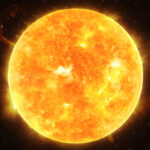
The Crazy True Story Of The Carrington Event
On September 1 and 2, 1859, the skies lit up like humanity had never seen. Auroras, usually a phenomenon of polar latitudes, swept south as far as Colombia and as far north as Australia. Compasses failed, and telegraph networks all over the northern hemisphere worked without their battery supplies. The episode made headlines around the world, but what happened?
Today, it is known as the Carrington Event, and it is one of the biggest solar outbursts that humanity has ever seen. A giant fusion reactor, the Sun bombards the solar system with a nonstop blast of charged particles called solar wind, which light up the polar skies with auroras. This is business as usual. But the Sun can also throw a tantrum like a solar flare or coronal mass ejection (CME) that can really knock Earth, and our tech, for a loop. The Carrington Event was one of these fits, and to understand the solar storm, one must understand the Sun, Earth, and how they interact.
Seasons in the Sun: Get to know your star
The closest star to Earth, the Sun is classified by astronomers as a G-typemain-sequence star, and broadly, is described as a yellow dwarf. In other words, our sun is a middle-agedpipsqueak. But if you think that means it’s boring, read on!
The Sun composes about 99.8% of all the matter in our solar system, and converts four million tons of that matter into energy every second. That energy is released as around 276 watts of energy per square meter (per AstronomyTrek).
The Sun also has “weather,” and the Carrington Event is inextricably bound to it. The Sun experiences a 11-year cycle of escalated activity, the solar maximum, followed by a drop-off, the solar minimum (via NASA). And the Sun is currently on the upswing; the next solar maximum peaks in 2024. Maximums are marked by the increased appearance of sunspots, dark regions (via Space.com) on the Sun’s surface that are cooler than their surroundings but more magnetic. These black-looking blots spawn all sorts of conniptions, from prominences, the plasma arches that connect individual sunspots, to solar flares and coronal mass ejections.
However, because those occurrences rarely affect Earth, they rarely make the headlines. This, not surprisingly, gives rise to the idea such events are, well, rare. In fact, they are the normal behavior of our star.
Here comes the Sun: What is a Coronal Mass Ejection?
In the popular press, the terms “solar flare” and “coronal mass ejection” are sometimes used synonymously, but they are two distinct phenomena. A solar flare is a burst of electromagnetic energy (visible light, X-rays, etc.) from the Sun, and a coronal mass ejection is a burst of particles from the solar corona.
Both stem from the same event, when magnetic field lines in the Sun’s lower corona twist, rip apart, and then reattach. According to NOAA, when these lines reconnect, the result is a violent outburst that can be a solar flare, a CME, or both. Clocked at around 155 to 1,864 miles per second, CMEs can hit Earth in as little as 15 hours. Propagating outward in all directions, a CME can have an expanse of 23,250,000 miles by the time it arrives.
A CME explosively throws billions of tons of charged protons and electrons into the solar system. Moreover, this particle cloud carries a magnetic field, and that is critical. As Forbes describes, if the particles’ magnetics are aligned with Earth’s magnetosphere, it would be like the “north poles” of two magnets repelling each other and even the most powerful CME would bounce off the magnetosphere. But if the CME and Earth are magnetically anti-aligned, it would be like two magnets snapping together. This almost certainly happened in 1859.
Music of the Sun: Under normal circumstances
The Earth is hit with solar fits all the time, and just how many have sent you screaming to the bomb shelter? Probably zero. In fact, you may have actively sought them out; auroras are an Instagram-ready photo op. Courtesy of your run-of-the-mill coronal mass ejection, there are many of them.
Thanks to Earth’s iron-nickel core, our planet generates a powerful magnetic “force field,” the magnetosphere, which shields most of what the Sun usually dishes out, like solar wind. Far weaker than a CME, solar wind is still a mish-mash of particles constantly released from the corona of our sun. When it strikes Earth’s magnetosphere, the bulk of it glances off like water flowing around a stone. Deadly to humans, solar wind does have benefits; according to the University of Chicago, solar wind acts like a bulwark against cosmic rays, high-energy particles from outside the solar system traveling at near light-speed that rip DNA to pieces.
But Earth does not deflect all solar particles. Some get caught in the magnetosphere itself, riding magnetic lines to the planet’s poles and crashing into the upper atmosphere. As described by HowStuffWorks, these particles transfer their energy to oxygen and nitrogen molecules which then light up, forming an aurora.
Things, however, got a little metal during the Carrington Event.
When the Sun hits: The Carrington Event
On September 1, 1859, Richard Carrington was just one of several amateur astronomers observing what had been a very active solar surface through August (via the CME Research Institute). Numerous sunspots were recorded, and it was Carrington who first noted a massive solar flare that was the precursor to an even bigger coronal mass ejection. In just 17.6 hours, the CME shot across the 93 million miles between the Sun and Earth, and the Carrington Event began.
Unlike earthquakes before a volcanic eruption or receding tides before a tsunami, there would have been no real warning for what was coming. Luckily, in 1859 there were very few industries that could be affected by the Carrington Event. That said, for those “few industries,” it must have seemed like the whole world went haywire. Compasses would have suddenly spun wildly off north, making ship navigation extremely challenging. Telegraph equipment short-circuited, or sent out electrical shocks and then short-circuited (via Wired). Engineers monitoring machines would have seen some of them even throw sparks. This went on for two days.
Scientists now know the Carrington Event was so powerful, it set off a geomagnetic storm in Earth’s magnetosphere. According to History.com, the Carrington Event carried the power of 10 billion atomic bombs.
Blame it on the Sun: How the damage occurred
So how could a burp from a star 93 million miles away fry telegraph wires and give operators electric shocks when the Earth’s magnetosphere and atmosphere act as shields? The shortest answer is that the Carrington Event was just that big, just that powerful, and just that well-aimed.
Earth was in the wrong place at the wrong time and got the full brunt of what History.com calls “the perfect solar storm.” While the magnetosphere and atmosphere did indeed fend off the deadlier solar radiation of the Carrington Event, so many particles funneled to the poles that the planet gained an electrical charge. Systems already using electricity “absorbed” that charge and experienced a massive power overload. Wires melted, telegraphs fried (igniting the paper), and anyone near either would have got a nasty shock. In fact, there was so much ambient auroral current that telegraph operators who had turned off their batteries continued operating as normal. In essence, electrical technology ran off power flowing in the air.
This phenomenon can happen sometimes — electric transmission lines can “bleed” so much power into the immediate area that fluorescent bulbs will light up on their own without being connected to a power source. This is a handy trick to show local power authorities that their lines might need repair.
Let the sunshine in: Reactions to the Carrington Event
Because the world power grid was much smaller then than now, the contemporary press was not so much focused on the damage the Carrington Event inflicted as the beauty it created via auroras in places that had never seen such a lightshow.
According to the CME Institute, the auroras spawned by the Carrington Event were so bright that people in the northeastern United States (where it was night at the time) could read their newspapers. The Baltimore American and Commercial Advertiser reported that readers were witness to a “magnificent display of the auroral lights … The light appeared to cover the whole firmament, apparently like a luminous cloud, though which the stars of the larger magnitude shone. The light was greater than that of the moon at its full …”
The effects were not restricted to the northern hemisphere: In Australia, a writer for the Perth Daily News recounted that “a scene of almost unspeakable beauty presented itself, lights of every imaginable color were issuing from the southern heavens, one color fading away only to give place to another if possible more beautiful than the last …”
There were also some “well how about that!” moments when, in the Rocky Mountains, the auroras cast so much light that miners woke up several hours early, thinking it was dawn, and make breakfast.
The Dark of the Sun: Carrington 2.0
In practical terms, the “Electric Age” began in 1880, with Thomas Edison’s invention of the incandescent lightbulb. In 1859, electric power was still very much newfangled and restricted largely to telegraph systems. Society is far more reliant on electricity and electronics now.
Speaking with CNET in 2018, Francis O’Sullivan, director of research for the Massachusetts Institute of Technology’s Energy Initiative, briefly describes what a CME-related meltdown of the power grid would do in practical terms today:”An event of that scale could be catastrophic if it happened tomorrow. It’s not just the lights going off. It’s bank accounts disappearing. It’s utterly central to everything, including national defense.”
A 2013 joint study conducted by Lloyds of London and Atmospheric and Environmental Research, Inc. estimates that a Carrington Event today would inflict a whopping $2.6 trillion in damages to the United States alone — and that’s on the low end. ScienceAlert warns of a $20 trillion blow. Other economies would suffer equally, or be wiped out altogether.
The internet would cease to be. Phones would be down, so people could not call fire departments to attend to the electrical fires, and the electronics of the fire engines may have critically shorted out. Control of the army of satellites in orbit would be lost. Computers, supply chains, stock exchanges, and nuclear power stations would all crash.
Sunrise, sunset: It happened before and will again
The Carrington Event was not a standalone occurrence. Coronal mass ejections are actually a fairly common phenomenon — the Marshall Space Flight Center notes that even when the Sun is at its solar minimum, there is about one CME a week. At the solar maximum, there is a CME two to three times per day. Luckily for us, Earth is rarely in the crosshairs.
That said, lesser CMEs struck Earth in 1921, 1960, 1989, and 2010. “Lesser,” however, is a subjective term; the 1989 CME knocked out the power grid across the Canadian province of Quebec for nine hours. Moreover, Carrington-level CMEs are not rare. According to a NASA article, a massive CME, equal to that of 1859, was unleashed from the Sun in 2012 and missed Earth by just nine days. In the article, Daniel Baker of the University of Colorado noted Earth would “still be picking up the pieces” two years later if it had been a direct hit.
And there were direct hits long before 1859. Using tree-ring data and isotope evidence harvested from Greenland ice cores, scientists found evidence of a Carrington-level CME washing over Earth in the years 774 and 993. Another major CME hit in 1770, sending auroras all the way to Timor. Considering the technology of the age, however, the most humanity would have got was one helluva light show.
Staring at the Sun: Our eyes in the sky
It’s estimated that a Carrington-type CME hits Earth every 150 years, and 1859 was 162 years ago. While a tech-destroying CME is an unlikely event, it only takes one to black out the planet and force us back to using manual typewriters. NASA and other space agencies have a fleet of satellites constantly observing the Sun for solar flares and coronal mass ejections to give us a watchcry to the worst. Here are our warning systems:
The Deep Space Climate Observatory (DISCOVR) would be the first to confirm an imminent CME strike on Earth. Even so, it will only provide an advanced warning of 15 minutes to an hour.
Launched in 2010, NASA heralds the Solar Dynamics Observatory (SDO) as “our unblinking eye on the Sun.” Its primary mission is to observe space weather.
A collaboration between the Europeans and American space agencies, the Solar and Heliospheric Observatory (SOHO) is our literal deep-dive into the Sun. It studies the Sun from corona to core.
A duet of satellites, the Solar Terrestrial Relations Observatory (STEREO) specifically observes the flow of energy et al emanating from the Sun to Earth.
Another joint venture between Europe and the United States, the Solar Orbiter (SolO) studies how the Sun creates and controls the heliosphere, the “bubble” reaching far beyond the planets created by solar wind.
Under the Sun: What do we do when it happens?
Just as in 1859, the power infrastructure of the United States is not prepared for a major CME. AstroBites estimates that (as of 2002) at least 15% of American transformers date to pre-1972, after which more robust equipment became available. While some private power companies have transformer reserves, the government does not. Additionally, there is no government action plan in place for a Carrington-type CME.
Washington, D.C., is not, however, oblivious to the threat; because geomagnetic storms start at the pole and flow towards the equator, the nation’s main economic hubs, New York and Chicago, would be hit. In 2011, the Organisation for Economic Co-operation and Development (OECD), in conjunction with the Department of Homeland Security, released a risk-assessment study in the case of a Carrington redux.
Should a Carrington-level CME strike, there will be damage, and mitigation is the goal. Installing more resistant power equipment is one recommendation, the institution of smart grids is another. Alarmingly, the 2011 study also noted that the public by and large does not know what a geomagnetic storm is, or what the Carrington Event was.
The OECD report does not give a hard, fast plan of action to a CME strike; we would most likely do what telegraph operators did in 1859: turn everything off. This would mean inducing not just a nation-wide blackout, but a world-wide one.
Black hole Sun: How CMEs killed Mars
What doomed Mars to lifelessness is neither its size nor distance from the Sun, but its lack of a magnetosphere. On Earth, this magnetic field, generated by convection in the planet’s solid iron-nickel core, safely deflects solar and cosmic particle radiation that otherwise damages or even kills living cells, as well as protects the atmosphere from being stripped away by those same forces (via NASA). Earth has the strongest magnetosphere of the inner planets.
Using seismological data from the InSight lander on the Martian surface, scientists found that while Mars has an unexpectedly large core, it is most likely “polluted” with elements such as sulphur that keep it in a liquid state. According to ScienceX, the lack of a solid core means Mars never had a planet-wide magnetosphere. And that means from day one, Mars faced the full wrath of the Sun.
The constant stream of charged particles from the Sun in the form of solar wind would have slowly eroded the early Martian atmosphere away like a river; a coronal mass ejection would crank that “river” into Niagara Falls and rip whole chunks off. NASA surmises the Sun was far more active in its youth, battering the planets with CMEs far more frequently.
Away from the Sun: CMEs aren't unique to us
As you might have figured out by now, coronal mass ejections are hugely powerful stellar events. But they are not so powerful that they can be easily detected on other stars. Indeed, it was not until 2019 that we had our first hard evidence that CMEs happen on stars other than the Sun. And with astronomy, it really is a situation of “photos or it didn’t happen.”
According to a post at the NASA website, the Chandra X-ray Observatory detected a CME emanating from OU Andromedae, a star approximately 450 light years distant from Earth in the constellation of Andromeda. Also known (somewhat unsexily) as HR 9024, it is estimated to be almost 10 times larger than the Sun and about three times as massive. The yellow star can be seen with the naked eye.
Chandra scientists found the OU Andromedae CME was marked by an intense flash of X-rays followed by the emission of a giant bubble of hot gas containing charged particles (plasma). The data suggests two quintillion pounds of matter was launched into space, about 10,000 times greater than the most massive CME the Sun has yet produced. This also hints that coronal mass ejections can occur on star types very different from the Sun.
And if you are wondering, two quintillion written out is: 2,000,000,000,000,000,000. That’s 18 zeros.
248 thoughts on “The Crazy True Story Of The Carrington Event”
Leave a Reply
You must be logged in to post a comment.

The Untold Truth Of Dean Martin

Here's What Really Happens To Your Body When You're Exposed To Acid

The Truth About The Million-Year Rainstorm After The Triassic Era

The Truth About Elvis Presley's Friendship With Johnny Cash

The Untold Truth Of The 1984 Friendship Games

Things You Get Wrong About Adam And Eve

What It Was Like Serving On The Casey Anthony Jury
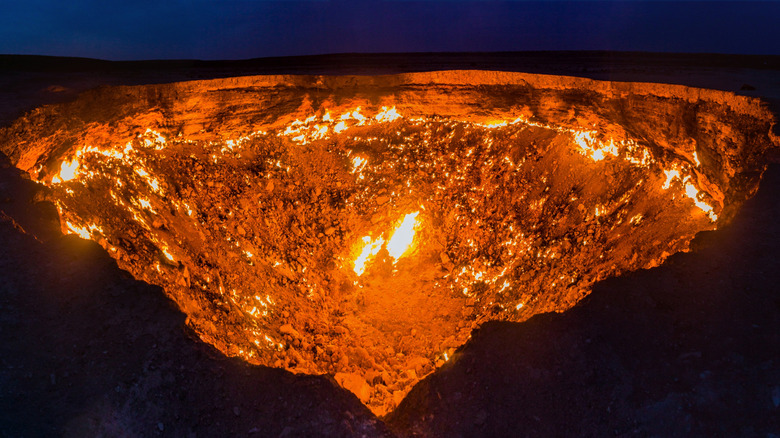
The Truth About Turkmenistan's 'Gates Of Hell'

Here's What We Know About Queen Elizabeth's Relationship With Donald Trump

Here's How The Dead Sea Scrolls Were Discovered

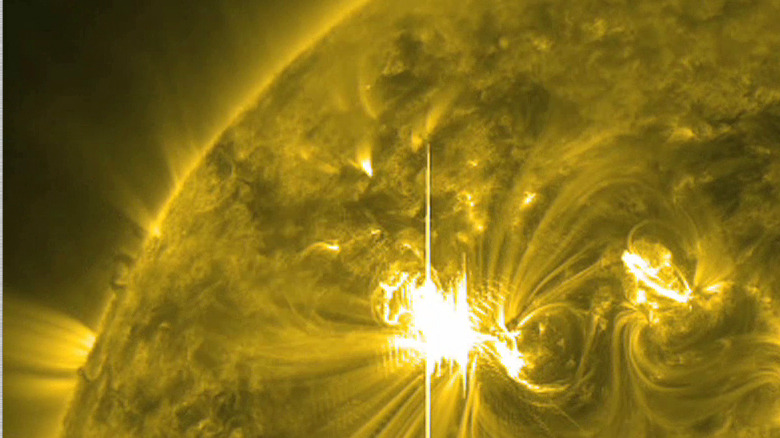
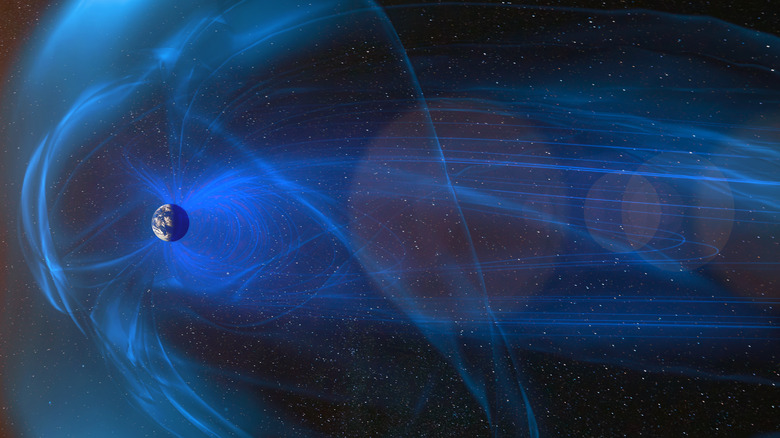
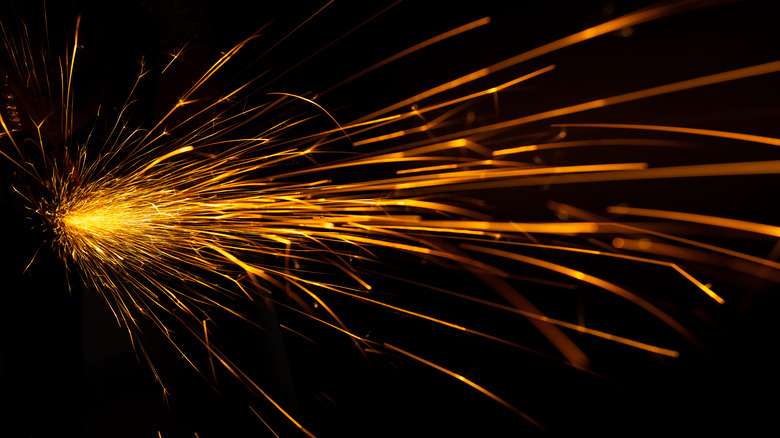
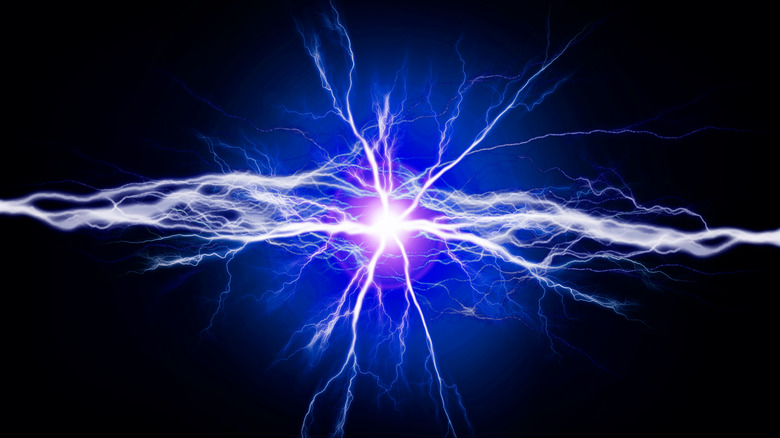
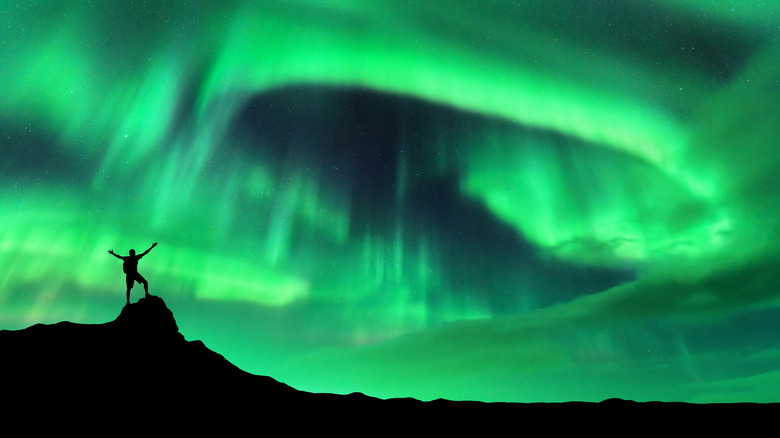
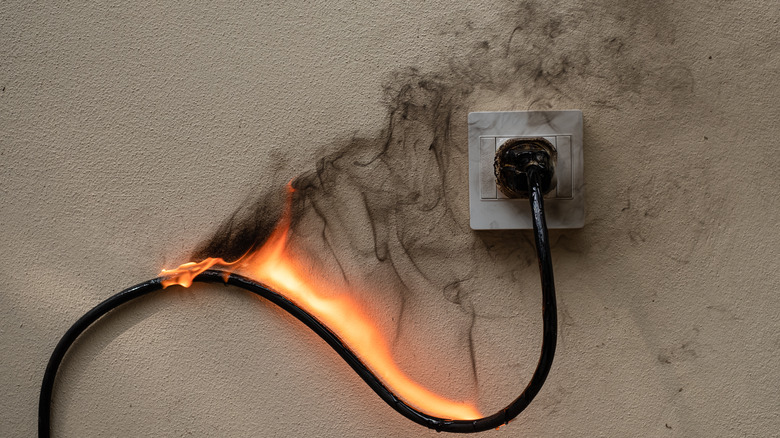
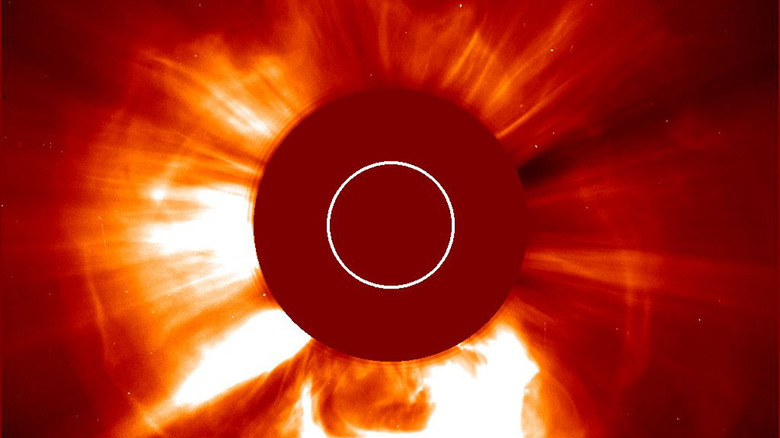
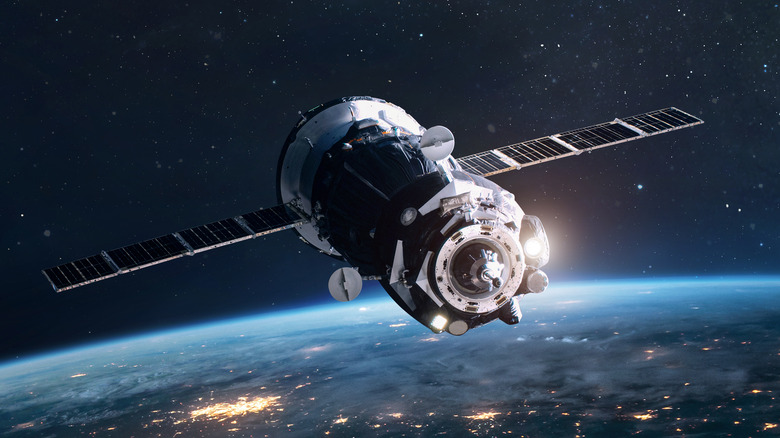

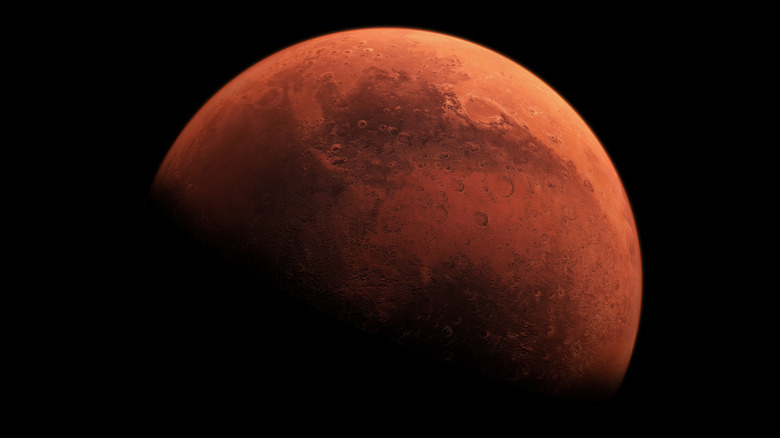
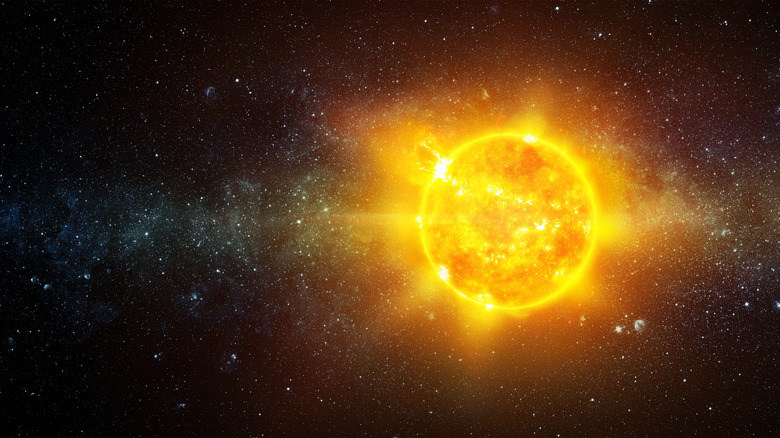







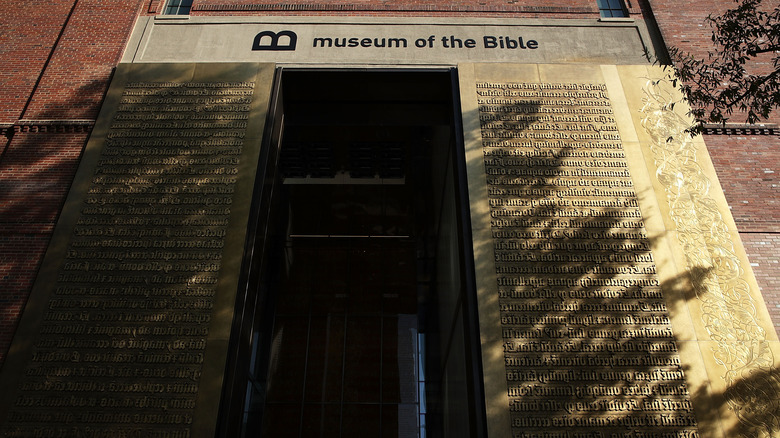


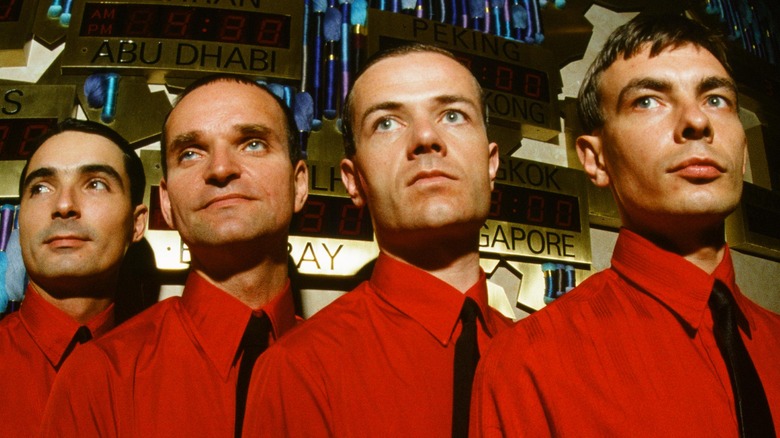
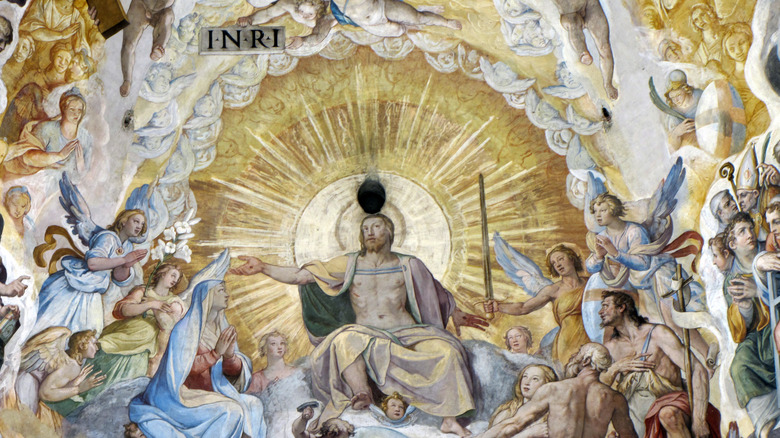






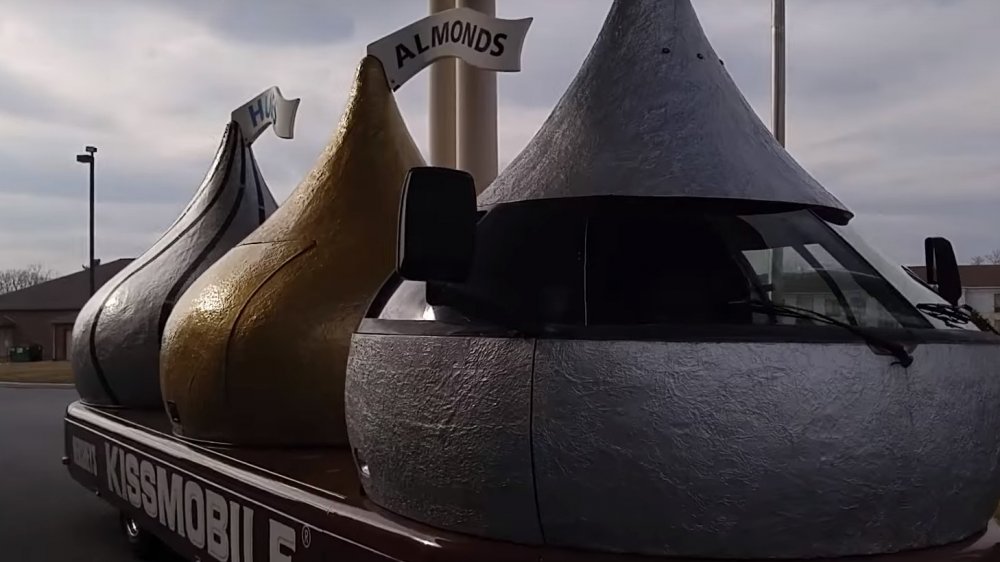





Great goods from you, man. I’ve understand your stuff previous to and you’re just too wonderful. I really like what you’ve acquired here, really like what you’re stating and the way in which you say it. You make it entertaining and you still take care of to keep it smart. I can not wait to read far more from you. This is actually a great website.
Wonderful article! We will be linking to this great article on our site. Keep up the good writing.
Whats up very nice web site!! Guy .. Beautiful .. Superb .. I will bookmark your blog and take the feeds also? I am glad to find numerous useful information here in the post, we’d like develop more strategies in this regard, thank you for sharing. . . . . .
Today, I went to the beach with my kids. I found a sea shell and gave it to my 4 year old daughter and said “You can hear the ocean if you put this to your ear.” She put the shell to her ear and screamed. There was a hermit crab inside and it pinched her ear. She never wants to go back! LoL I know this is completely off topic but I had to tell someone!
Hi, yes this article is really nice and I have learned lot of things from it concerning blogging. thanks.
Simply want to say your article is as astonishing. The clearness in your submit is simply excellent and i can think you are a professional in this subject. Well with your permission allow me to grasp your RSS feed to stay up to date with approaching post. Thank you a million and please continue the rewarding work.
Pretty component to content. I simply stumbled upon your website and in accession capital to claim that I acquire in fact enjoyed account your blog posts. Any way I’ll be subscribing on your augment or even I fulfillment you get entry to persistently rapidly.
This is a topic that’s close to my heart… Take care! Where are your contact details though?
Simply want to say your article is as amazing. The clearness for your publish is simply nice and i can think you are knowledgeable in this subject. Well together with your permission allow me to grasp your RSS feed to stay up to date with forthcoming post. Thank you one million and please keep up the rewarding work.
continuously i used to read smaller articles which also clear their motive, and that is also happening with this post which I am reading at this place.
Hey there, I think your website might be having browser compatibility issues. When I look at your blog in Ie, it looks fine but when opening in Internet Explorer, it has some overlapping. I just wanted to give you a quick heads up! Other then that, very good blog!
Quality posts is the secret to invite the people to pay a visit the site, that’s what this website is providing.
Nice blog here! Also your website loads up very fast! What host are you using? Can I get your affiliate link to your host? I wish my web site loaded up as quickly as yours lol